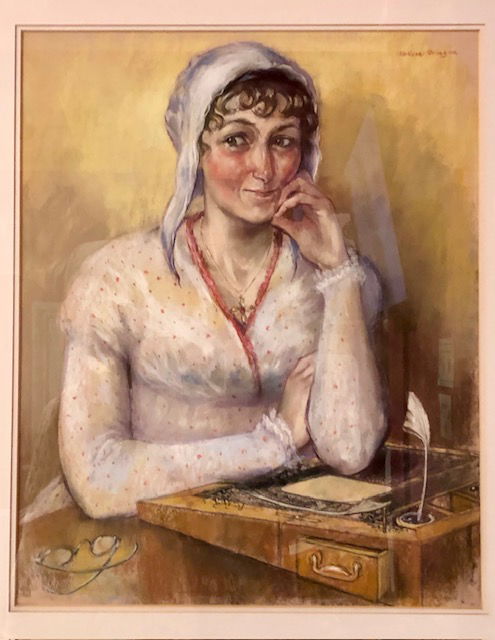Bath, England
Home of world famous Roman baths built about 70 A.D. Producing more than 300,000 gallons of mineral water per day, the geothermal springs bubble up at 104 degrees F. Bathing is no longer allowed, but the baths feature many museum-quality exhibits. Plus, it's fun to imagine what it would have been like to use the baths so many centuries ago.
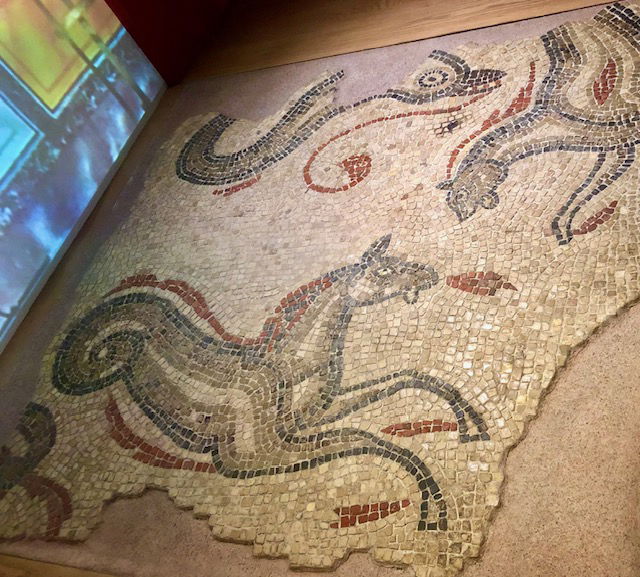
The best rooms of private Roman homes and public buildings featured mosaic tile floors. Popular scenes in bath houses included sea animals.
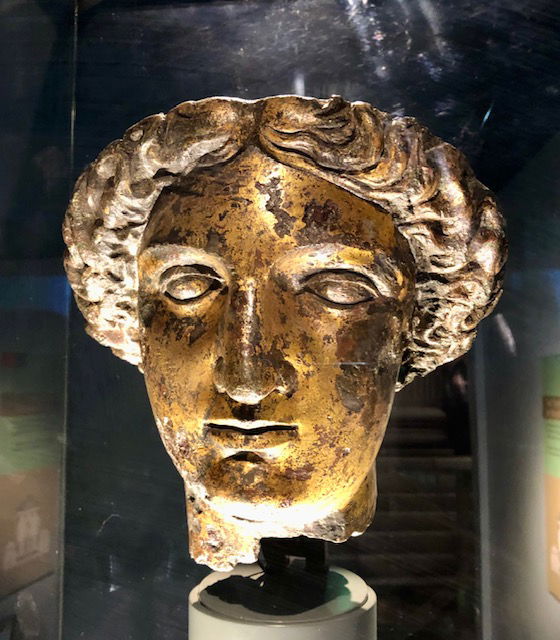
The Roman baths' goddess, a combination of two--Sulis Minerva.
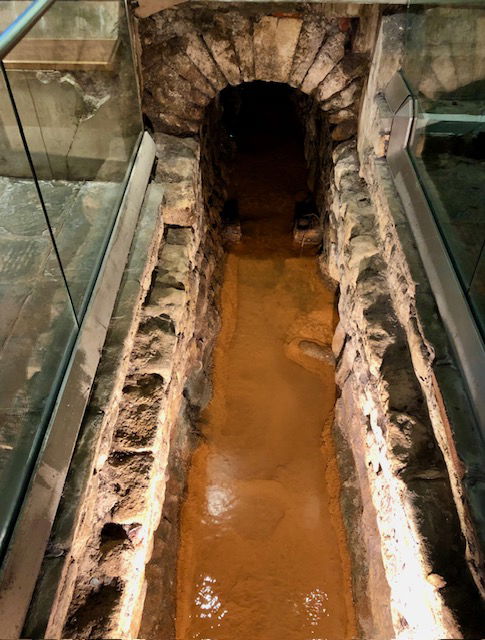
Natural hot springs are the source for these Roman baths. Here is one of many small canals that carry the water around the bath complex. Any overflow is routed to the River Avon.
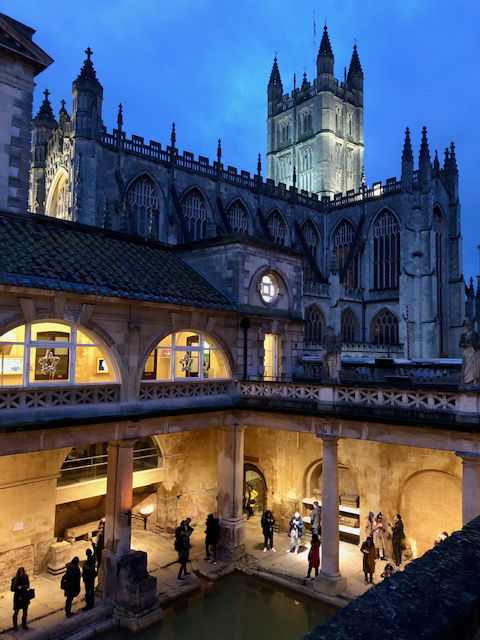
Originally, the baths had a tall arched roof over the main pool. Because we arrived here in the late afternoon, we were treated to illuminated views of the baths in the twilight of dusk. Enchanting!
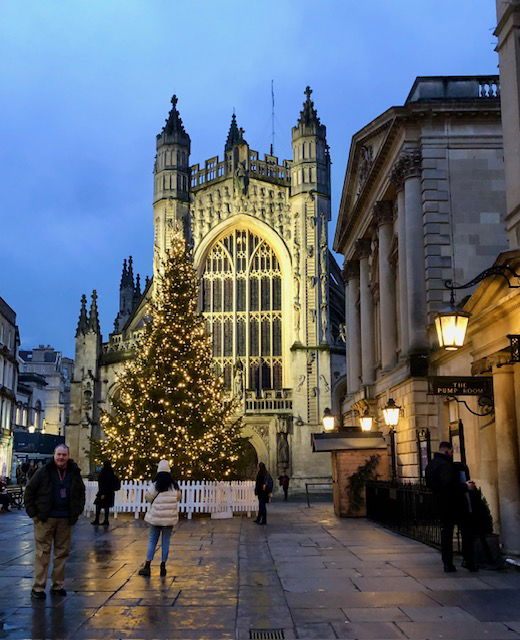
Rather than a cathedral, Bath is home to the Bath Abbey Church. We visited here a week before Christmas, hence, the lovely Christmas tree.
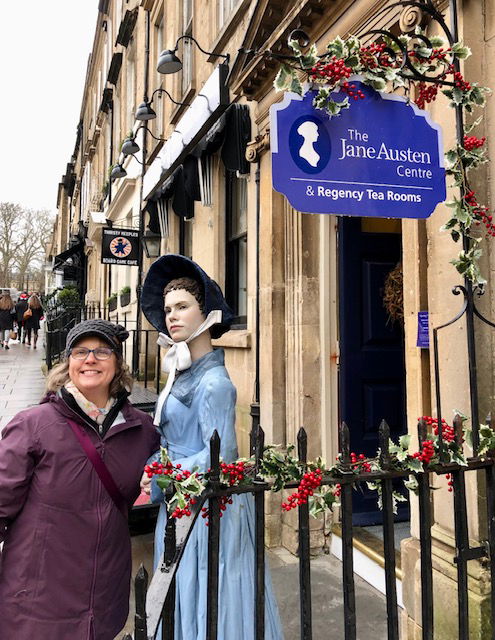
Earlier in the afternoon, we visited The Jane Austen Centre in Bath. The Regency Tea Room can be found on the second floor. It's definitely a touristy spot. But as a fan, I just had to visit. During Jane's era, Bath was a famous resort town. She lived here multiple periods of her life at different residences. Her novels Northanger Abbey and Persuasion are both partly set in Bath. A fun day of different aspects of Bath!
